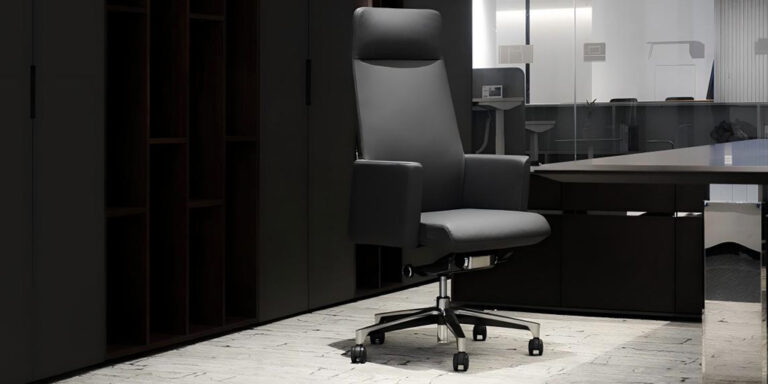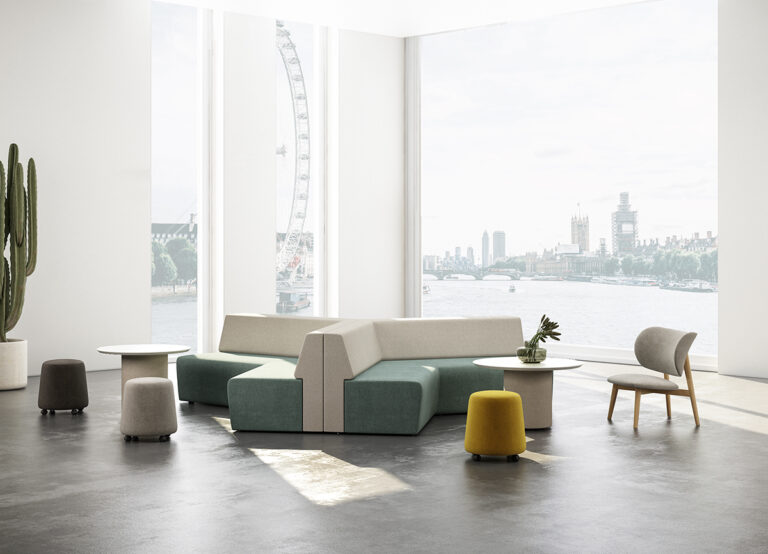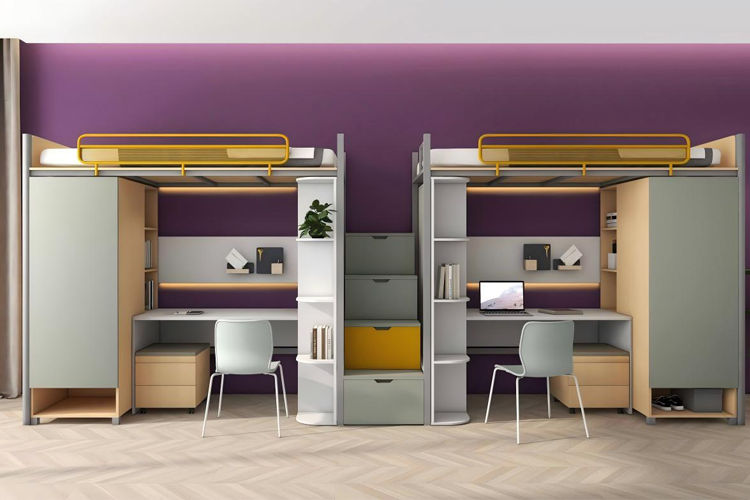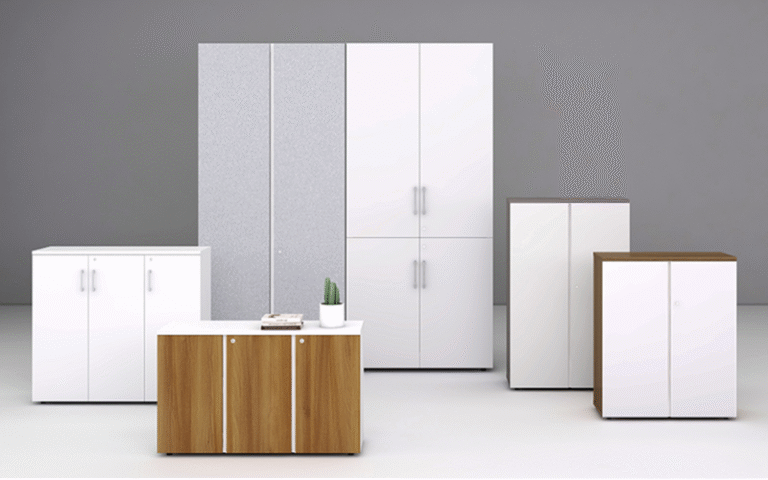Ergonomic Office Chairs: Features That Actually Matter (With BIFMA Checklist)
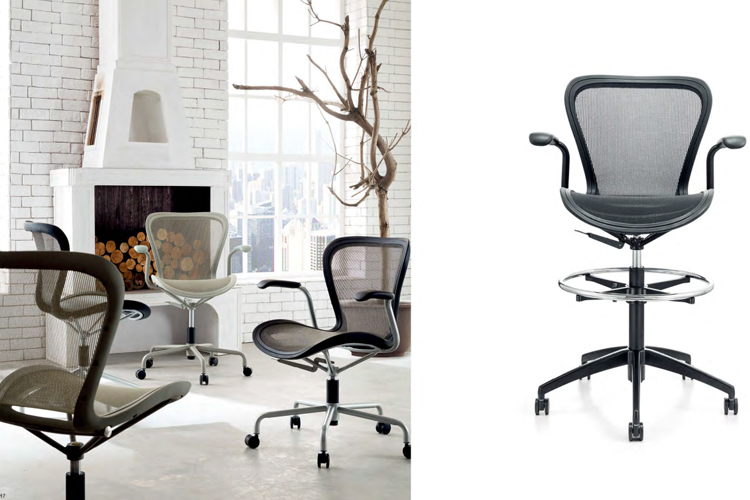
Most chairs look alike. The difference you feel after an hour
First, the controls you touch often—seat height, seat depth, lumbar, armrests, and tilt—shape comfort the most. If a chair nails these, it works for most bodies.
Seat Height And Elbow‑Level Setup
However, seat height should put your elbows roughly level with the desk while your feet rest flat. Typical guidance places the useful seat range around 16–22 inches for most users, letting knees stay slightly below hips and shoulders stay relaxed. That keeps joints in neutral and reduces reach.
Seat Depth And Two‑Finger Knee Clearance
Next, aim for the “two‑finger” rule: with your back against the rest, leave 2–4 fingers of space between the seat’s front edge and your calves. Chairs that offer seat depth adjustment make this easy and prevent pressure under the thighs.
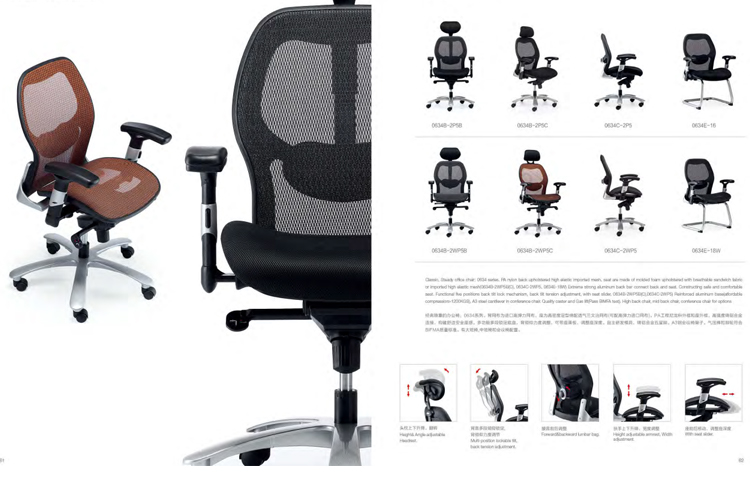
Lumbar Height/Depth And Neutral Spine
Also, set the adjustable lumbar support so the outward curve lands in the small of your back. Height and, ideally, depth/firmness adjustment help you maintain the spine’s natural S‑shape without slouching.
Caption: BIFMA‑Informed Quick‑Scan Specs For Everyday Fit
| Feature | Target/Range | Why It Matters | Quick Check | Standard/Source |
| Seat height | ~16–22 in. usable | Matches desk and elbow height; feet flat | Elbows level with desk; feet flat | OSHA eTool, Mayo Clinic |
| Seat depth | 2–4 fingers knee clearance; adjustable depth | Avoids thigh/knee pressure | Slide seat until slight gap | OSHA eTool |
| Lumbar | Height (and depth) adjustable | Supports neutral lower back | Place pad in small of the back | OSHA eTool, Mayo Clinic |
| Tilt/recline | Recline ≥15° with lock/tension | Enables movement; reduces static load | Lean back; fine‑tune tension | OSHA eTool |
| Base/casters | Five‑star; floor‑matched casters | Stability and easy movement | Roll/turn without tipping | OSHA eTool |
How Should Backrest Tilt And Recline Really Work?
Secondly, smooth recline to roughly 100–110° supports task work, and lockable settings beyond that add break comfort. Pair that with light tilt tension control matched to body weight so you can move without fighting the chair.
Synchro‑Tilt Versus Basic Tilt
Meanwhile, synchro‑tilt lets the back recline more than the seat pan, keeping your eyes and hands oriented to work while still opening hip angle. Basic tilt moves back and seat together. If you fidget or shift often, synchro‑til
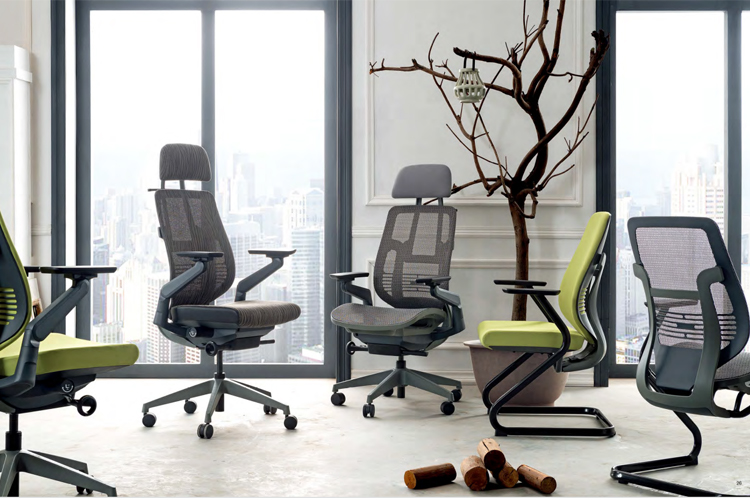
Tension, Lock Points, And Micro‑Movement
Instead, avoid locking fully upright all day. Set a light tension you can “breathe” against, then use one or two lock points for specific tasks. Small movements distribute pressure and maintain blood flow during long sessions.
When Do Armrests Help And When Do They Hurt?
Third, 4D armrests can reduce shoulder elevation and forearm strain; fixed or wide arms can force reach and awkward postures. The best arms go up/down, in/out, forward/back, and pivot.
Height/Width/Pivot For Typing And Mousing
Crucially, set arms so they just “kiss” your forearms with shoulders relaxed. Over‑high arms elevate shoulders; over‑low arms make you lean. Width and pivot keep elbows close, which shortens reach to keyboard and mouse.
Clearance Under Desks And Getting Close Enough
Likewise, ensure arms don’t block you from pulling in close. If arms hit the desk before you’re centered, you’ll reach and round your back. Consider shorter pads or slide arms back to clear the front edge.
What Seat Design Prevents Numb Legs And Hot Spots?
Fourth, a waterfall edge seat and supportive foam or breathable mesh back spread pressure and help circulation. Long sits feel better when the front edge doesn’t dig in.
Foam Density, Mesh Breathability, And Support Feel
Then, resilient foam maintains shape over time, while mesh permits airflow and conforms to your back. A firm‑but‑forgiving seat avoids “bottoming out,” and mesh backs with defined lumbar contours balance flex with guidance.
Edge Shape, Pressure Points, And Long‑Sit Comfort
Still, even great padding can feel wrong if the edge is sharp. Look for a rounded waterfall front that supports most of the thigh without pressing into the calves. Combine that with tilt tension you can nudge during the day to vary load.
Which Base, Casters, And Weight Rating Are Safe?
Fifth, a five‑star base with casters matched to your floor adds stability and easy repositioning. Most standard chairs are rated to about 275 lb; larger occupants should look for higher ratings or “large occupant” models.
Five‑Point Stability And Caster Selection
Moreover, hard casters suit carpet; soft casters grip hard floors better. A stable base reduces tip risk when reaching or swiveling, and correct casters cut shoulder strain when moving around the desk.
Weight Capacity And Larger‑Occupant Options
Beyond that, ANSI/BIFMA X5.11 covers general‑purpose large‑occupant seating with higher loads and dimensional requirements. If you’re above typical ratings, verify the stated capacity and applicable standard.
What Do Ergonomic Office Chairs Need To Pass BIFMA?
Next, look for the “BIFMA Compliant” registry listing. It verifies testing to standards like ANSI/BIFMA X5.1 for general office chairs in ISO‑accredited labs, giving buyers confidence in safety and durability.
What X5.1 Covers And How Labs Test
For context, X5.1 defines tests, equipment, and minimum acceptance levels for strength, stability, durability, and more (e.g., back strength, seat/drop impacts, caster durability). Versions are periodically updated and reaffirmed.
How To Verify A “BIFMA Compliant” Listing
Finally, confirm the product appears on the public BIFMA Compliant registry and that the lab is ISO/IEC 17025‑accredited for the relevant tests. Marketing claims alone are not enough.
Do New X10.1 Ergonomics Ranges Change Fit?
Separately, BIFMA X10.1‑2024 provides ergonomic dimension guidance (based on 5th–95th percentile data) for chairs and workstations designed for computer use, improving fit coverage when you specify or select sizes.
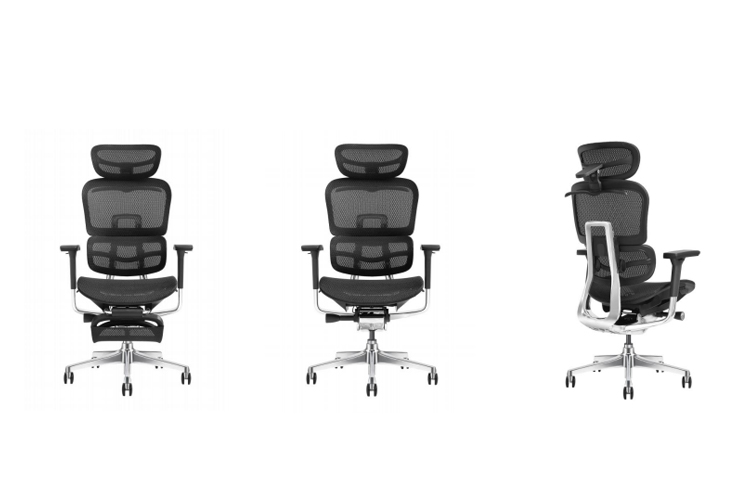
Key Dimension Ranges And Why They Matter
Accordingly, dimensions like seat height/depth, arm span, and back support location align with real user populations. That means more people can achieve neutral postures with standard adjustments, reducing outliers and ad‑hoc fixes.
When You Need Alternate Sizes Or Accessorie
Conversely, some users still fall outside those ranges. In those cases, consider alternate cylinders (taller/shorter), footrests, or different seat sizes to preserve posture while keeping movement options.
How Do Materials, Breathability, And Warranty Signal Quality?
Also, durable textiles, breathable mesh, and supportive foam point to lasting comfort. Multi‑year warranties show confidence in mechanisms, cylinders, casters, and frames. Check coverage terms, not just length.
Mesh Vs. Foam Support Over Time
Consider that mesh backs excel at airflow and contouring, while quality foam seats reduce “hot spots” and distribute pressure well. Either path works if the chair’s adjustments fit you.
Fabric Durability, Cleanability, And Warranty Clues
Furthermore, look for abrasion resistance and cleanability that match your space. A clear warranty on moving parts often correlates with better durability.
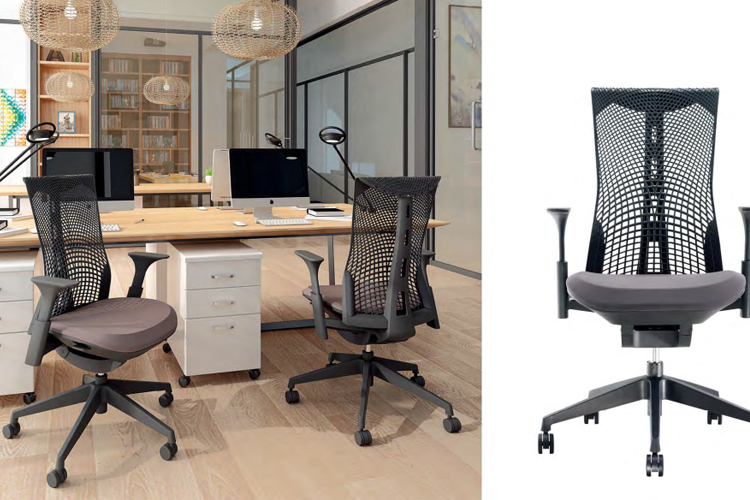
Should You Test Chairs Before You Buy Online?
Yes. A 5‑minute fit check catches depth, lumbar, and arm clearances that spec sheets miss. If you can’t test, confirm return windows and restocking terms.
A 5‑Minute Fit Test You Can Do Anywhere
First, sit back and set height so forearms are level at the desk. Second, adjust seat depth until two‑finger knee clearance appears. Third, place lumbar in your low back. Fourth, bring arms in to just meet the forearms. Fifth, set tilt tension so you can rock slightly while reading.
What Photos And Specs Can’t Reveal
Also, only sitting tells you if the seat front rubs, if the arms hit the desk, or if the back follows you as you move. Comfort is about fit and motion, not just features.
What’s The Simple Setup To Avoid Next‑Day Aches?
Lastly, match seat height to elbow level, set depth for two‑finger knee clearance, place lumbar in the small of your back, and let your shoulders relax. Small tweaks pay off tomorrow.
First‑Day Adjustments In The Right Order
Start with chair height, then depth, then lumbar, then arms, and finally tilt/tension. This order locks in posture before fine‑tuning movement.
Small Tweaks That Make A Big Difference
Then, nudge tension down for reading tasks, up for typing. Recenter arms if you switch keyboards. Revisit setup after a week—your needs settle as you adapt.
Where Can You Find Well‑Built, Tested Task Chairs?
You can browse a curated selection of mesh, ergonomic, and executive seating and compare stated BIFMA conformance and warranty terms to narrow choices quickly. Explore options at the brand’s site here: ergonomic seating selection.
How To Use The Checklist On Product Pages
Review specs against the table above. Look for BIFMA Compliant listings, five‑star base, weight capacity that fits you, seat depth adjustment, and real adjustable lumbar support before you compare style or color.
What If You’re Buying For A Team?
If possible, order a small pilot set in different sizes or with alternate cylinders. Use the 5‑minute fit test and keep notes; your next bulk order will be easier.
FAQs
1. Do I need a headrest for office work?
Not necessarily. If your backrest supports you at 100–110° for tasking, you may not miss it. Headrests help when you recline more for breaks or reading.
2. What if my feet don’t touch the floor at a comfortable height?
Use a footrest. Keep thighs supported and hips slightly above knees; don’t lower the chair so far that your elbows drop under desk height.
3. How do I know a chair fits someone larger than average?
Check weight rating and seat width/depth. For higher loads or wider seats, look for chairs tested to X5.11 (large occupant).
4. Is mesh “cooler” than foam?
Answer: Usually. Mesh backs breathe better, while quality foam seats distribute pressure well. Choose based on your climate and sitting duration.
Conclusion
A great chair isn’t about dozens of dials. It’s about a few that you’ll actually use—height, depth, lumbar, arms, and tilt—plus prove the chair is safe and durable. Use the table as your quick‑scan, then verify “BIFMA Compliant” when available. Set yourself up once, recheck after a week, and Ergonomic office chairs will feel like less guesswork and more daily relief. If you want examples and warranty details in one place, you can start with the brand’s catalog at onmusefurniture.com.

